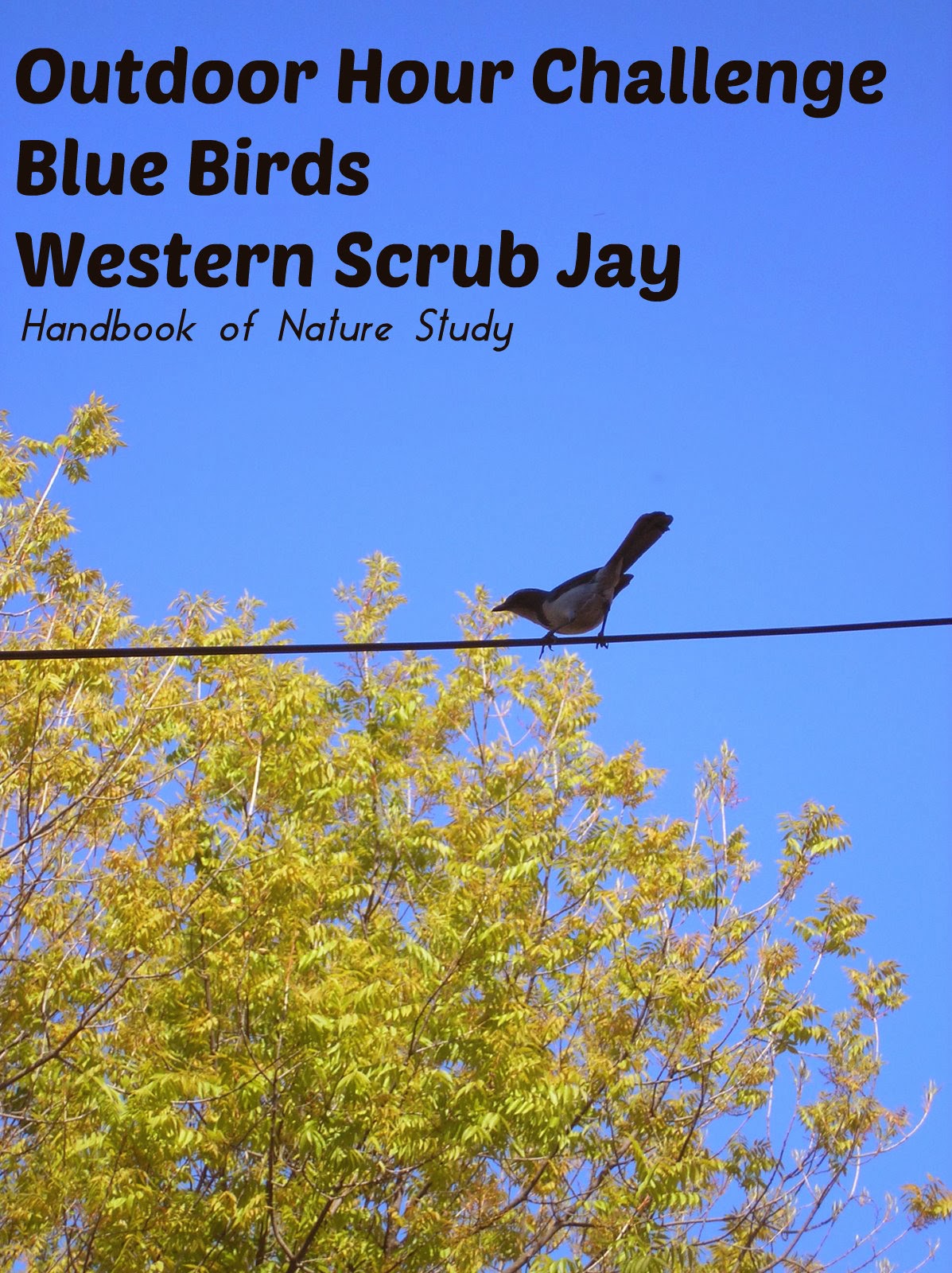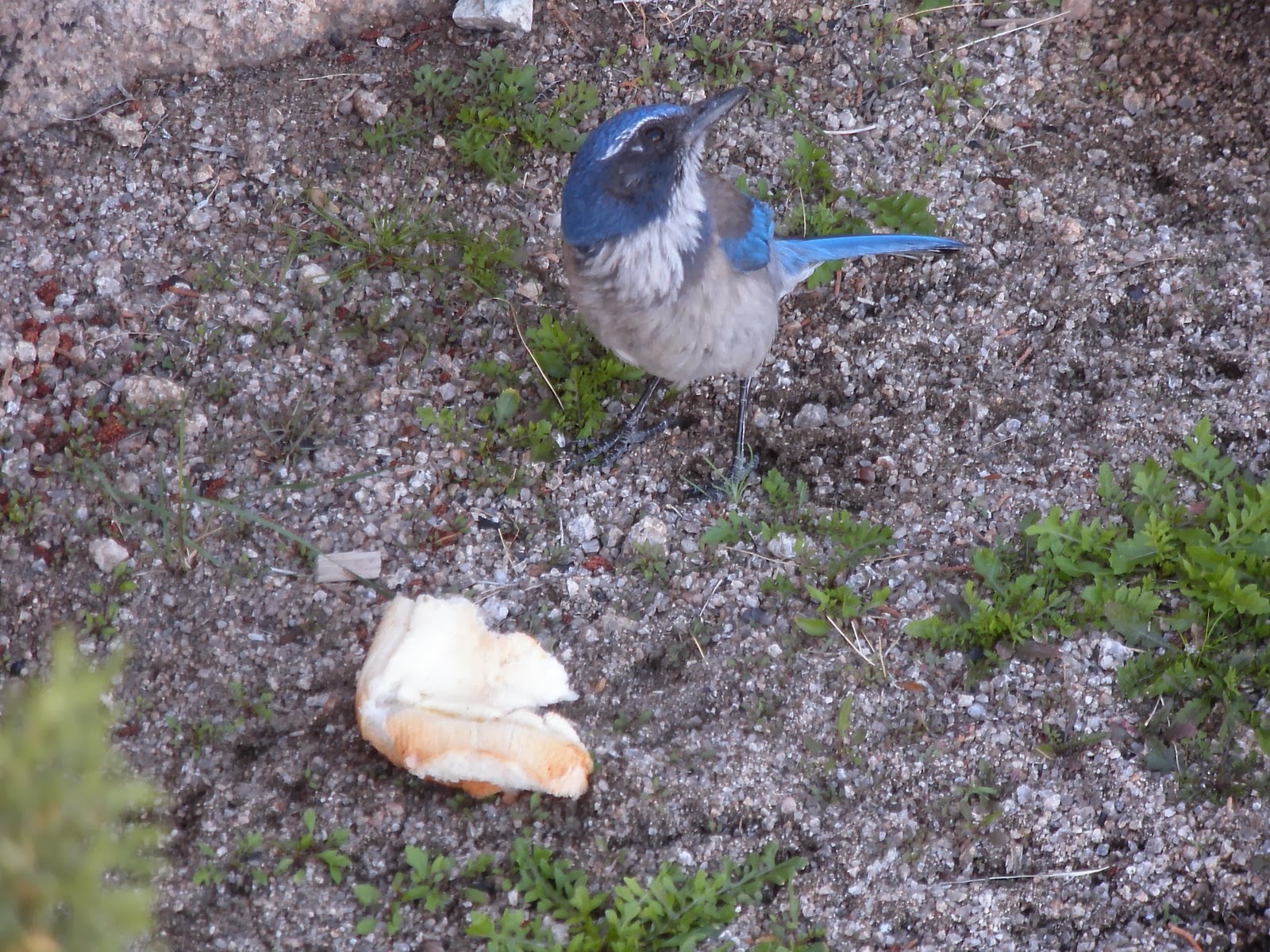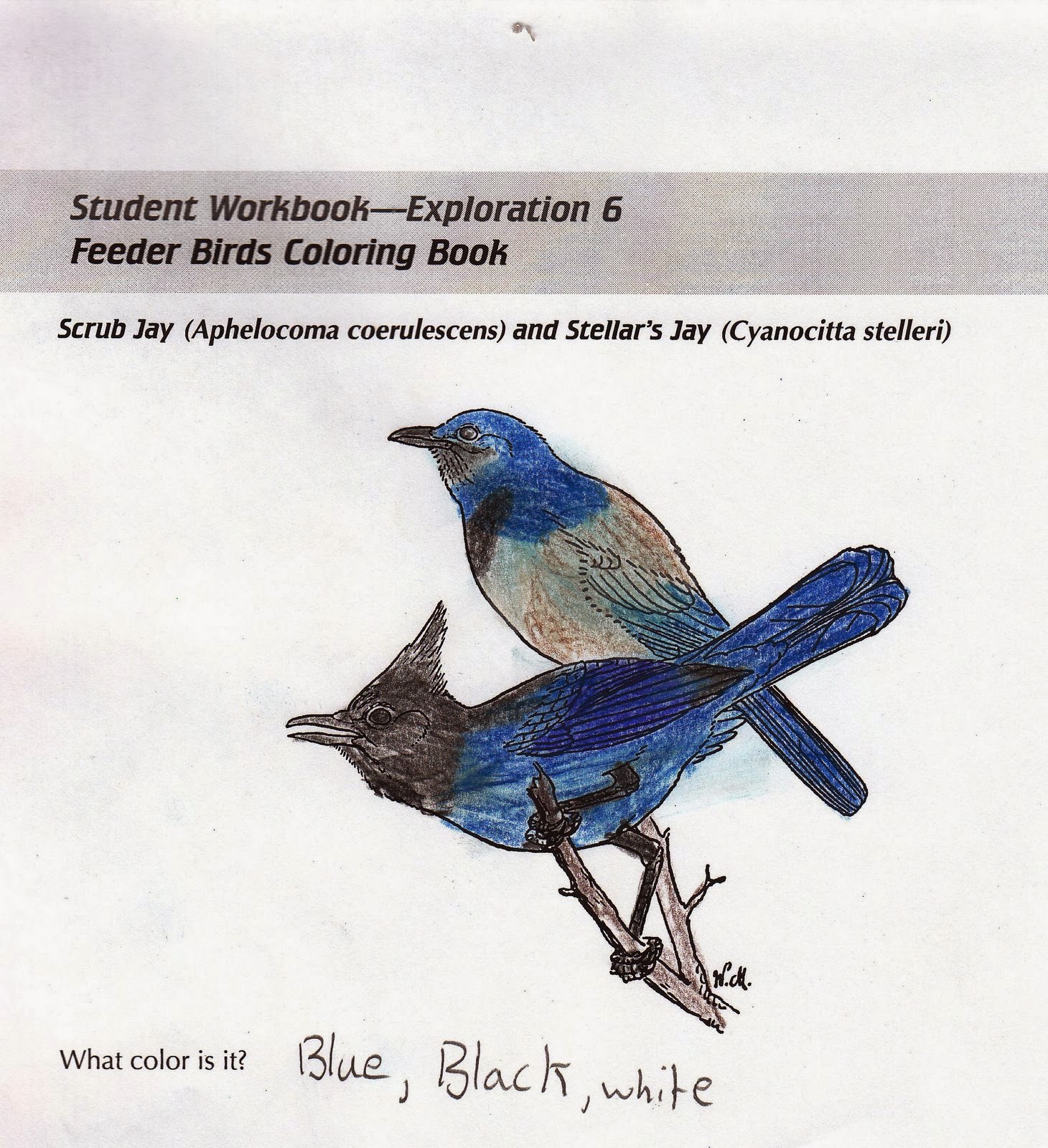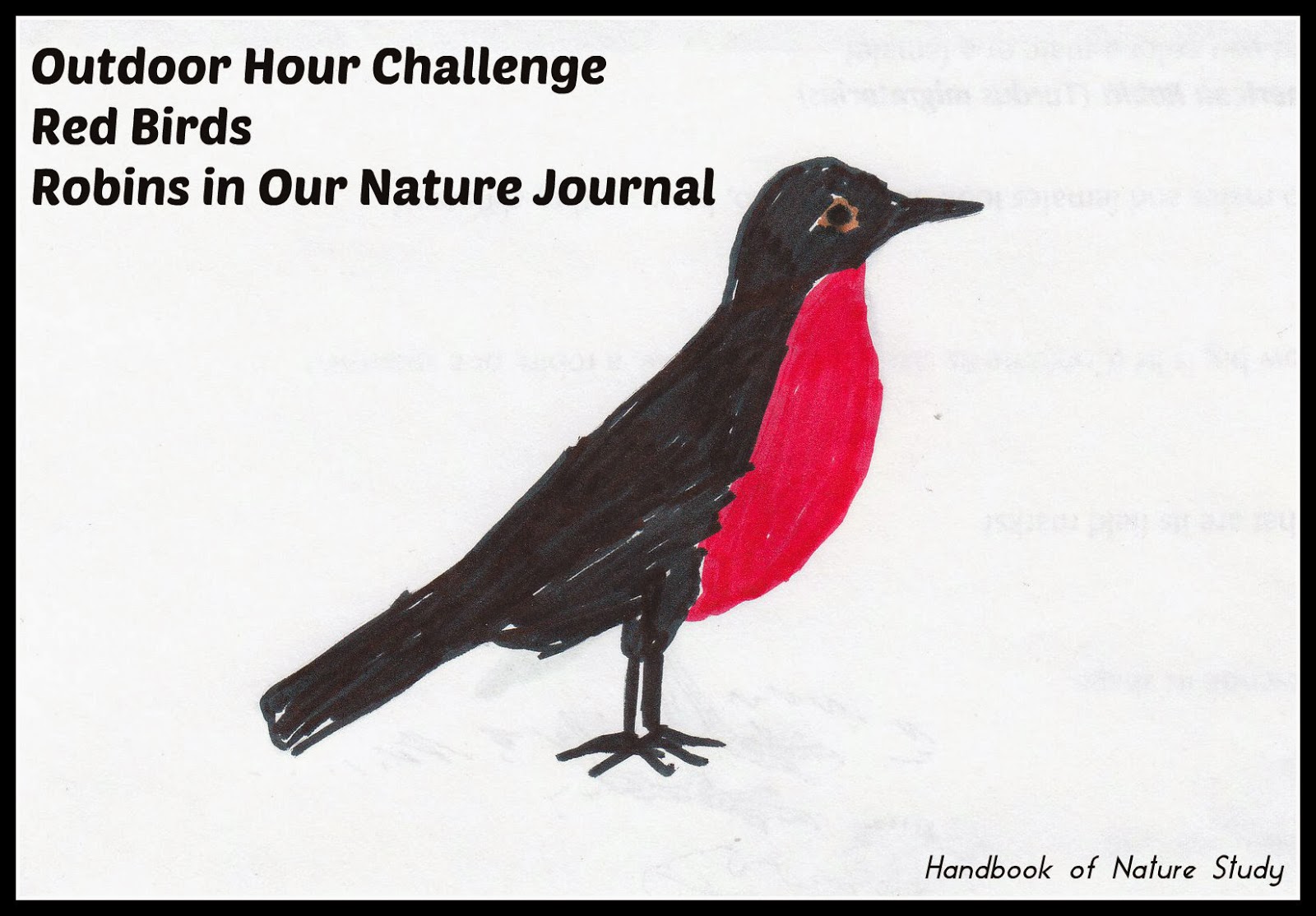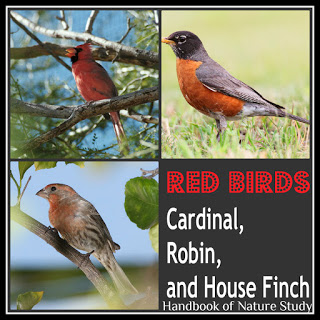The house sparrow and the mourning dove are our constant companions. The song of the mourning dove is easily recognizable and we have a pair that perch in a certain spot on the telephone wires around the corner from our house.
We have several kinds of sparrows in our yard but the most prevalent is the white-crowned sparrow. In the winter, we have scores of white-crowned sparrows that come to our feeders every day. They prefer the platform feeder or to clean up under the birdfeeder…aren’t they helpful?
The other brown bird that we see in large numbers at certain times of the year is the cedar waxwing. I especially like this bird for some reason. It reminds me of a brown cardinal and is easily recognizable by its set of field marks. We had a flock of around sixty cedar waxwings in our tree one time and it was so much fun to watch them.
“Birds do most of their singing in the early morning and during the spring and early summer months.”
Handbook of Nature Study
Another brown bird that we have in our neighborhood that we can recognize by its call is the California quail. This bird has an easy call to remember…he says “Chi-ca-go!” Click the link to the Cornell site and you can find the button to hear his call.
The California quail is our state bird and in our area they are abundant. We enjoy watching this bird scurry along the ground with his top feathers bobbing up and down.
By the way, have you noticed that Cornell’s bird site has been updated and improved? I am loving the new look and the organization of it so much better. They provide such a great service to all of us amateur birders.
Okay, one last brown bird (at least the ones I see are mostly brown) that we have a lot of in our area. The wild turkey is not the most beautiful bird in the world. The photo on Cornell’s website actually makes him look quite elegant but in real life the turkeys we see are scrawny, blue faced things that usually end up in the middle of the road trying to look elegant. The males will fluff out their feathers to impress the ladies from time to time but for the most part the wild turkey is just a nuisance to the rest of us.
I think that about wraps our brown birds for this challenge. We have a few more but this entry is already too long. I will save the other birds for another time.
If you can find this book at your library or purchase it used on Amazon.com, you find it is a great beginner’s book on birds. It is a picture book and each page is a watercolor painting of a common bird with its name. I would definitely use this book with preschoolers or grammar stage children.
We have this little guy on the shelf in our living room. Frequently someone will get him down and play his call. He happens to be my favorite of all the Audubon plush birds.


























